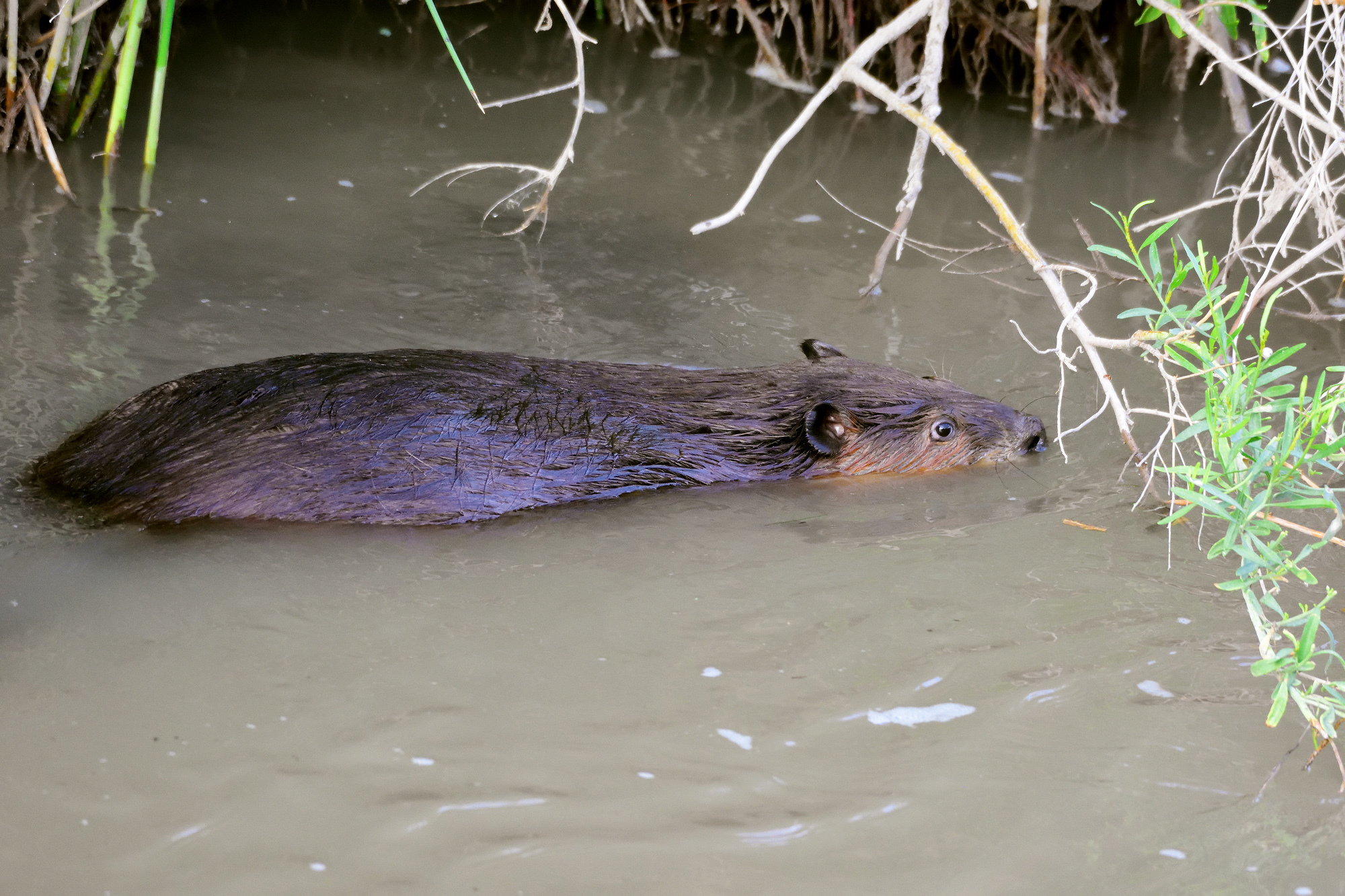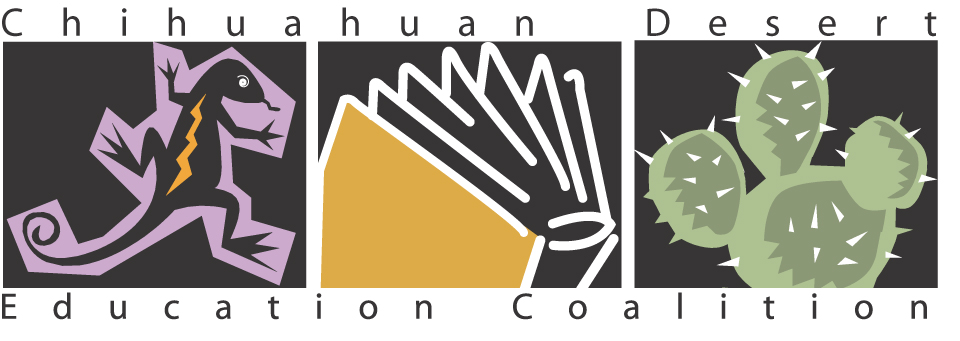
by Jacob R. Croft
Enjoy reading about our amazing Chihuahuan Desert. Sign up for a free subscription to our blog.
Hello, I am Jacob Croft, a scientist trained in biology working with the Chihuahuan Desert Education Coalition. From 2021 to 2022 I worked on a project to bring back the black-tailed prairie dog to the El Paso region. I have been in contact with many different local, state, and federal organizations trying to find ways to bring back prairie dogs. This has always led to the conversation of why, why the prairie dog, why El Paso and why should we do it now. This is a question that has multiple answers, and therefore it should be important to all of us living in the region.
Let us begin with the reason why they are gone and the reason why we should bring them back. First off, we, the human species are the reason why they are gone. In the early 1800s and early 1900s there were three major colonies living in our area. Unfortunately, a nation-wide propaganda campaign about needing to poison the prairie dogs or hunt them to give cattle more range to room, resulted in mass poisonings throughout the US. During this campaign prairie dogs were extirpated from our region and across 98% of the country.
This leads to the next question. If we removed them there could not have been too much of an impact. Not so, we are clearly seeing today that the prairie dog throughout the US is a keystone species. A keystone species is one where other organisms depend on it for key resources in their ecosystem. In fact, prairie dogs have over 100 other species in the ecosystem that depend on them. Prairie dogs affect plant behaviors and modifications of terrain and old burrows provides homes for other species. They also are an important food source for many apex predators like raptors and endangered black-footed ferrets.
Another reason to bring the prairie dog back is how they impact soil and ground water enrichment. Our desert soils are not forgiving to many plants and are often dry. So how does a prairie dog burrowing into the ground help nutrients? It’s pretty simple, they bring food into their homes to store, they defecate in these burrows and when they eventually die in the burrows, the nutrient enrichment cycle continues. The introduction of all these materials helps to provide nutrients for plants helping to increase the richness of plant communities for generations to come.
Prairie dogs also provide deep burrows which helps ground water penetrate deeper into the ground rather than having rainwater get lost through evaporation in the topsoil.
Now I know that that was a lot to take in, so let us look at what we have done thus far to bring back prairie dogs!
The first thing was to get the project idea on the radar screen of El Paso. I had moved here in December of 2020 and knew I wanted to work in the field of conservation. This quest eventually led me to the zoo and to meet my mentor and fellow Chihuahuan Desert Education Coalition member Rick LoBello. Through his guidance and advice, I found the passion to take on this big project and that led me to learning about prairie dogs and become an expert on them. While my education in college had given me a good understanding of how ecosystems work, I had to learn specifically what the prairie dogs like, what vegetation needs they have, what soil requirements they have as well as how they interact with each other.
This led to reading many papers about prairie dogs and getting in contact with other organizations like the Prairie Dog Coalition and the Humane Society, both of which are based out of Boulder, Colorado. We have a Humane Society in El Paso, but this one in Colorado has a special individual, Dr. Lindsey Krank, who has been working with prairie dogs for years and has run successful translocation programs. Through her mentorship I was able to get a good idea of how to complete a translocation, what budget would roughly be needed and how to get in contact with people who have completed successful programs in desert environments. This was all positive information I have gained and helped me to get the ball rolling. I have also met with other people in the El Paso region who have provided great insight and led me to begin seeking a prairie dog reintroduction site. After combing through many papers about prairie dog towns in Texas and historical towns in El Paso, I have found that there has been records of them on the north side and west side of the Franklin Mountains. These locations where historic prairie dog towns had been are now altered by man-made structures making the areas less probable for returning prairie dogs. Visiting these locations did on the other hand give me ideas on where to look for similar habitats.
The most successful conversations I have had come from meetings with the Bureau of Land Management in New Mexico and new talks with Ft. Bliss representatives about the use of Castner Range. One thing is for certain, this is a process that will not happen overnight, but is one that could only bring benefits to the community of El Paso and all the native species that call this place home.
For more information Contact Us

Photos
Cover: Richard Hawley, Wikimedia Creative Commons
Top: PEO ACWA, Wikimedia Creative Commons
Bottom: Ken Lunch, Wikimedia Creative Commons

